We know our students all learn in different paces and styles and so undoubtedly differentiation is an important tool. However, it doesn't have to be such a time consuming part of teaching involving 4 different types of the same worksheet every activity!
Here are some ideas to encourage your students to take ownership of their own learning:
1) Bulletin boards - display relevant key words, information, examples of students' work that they can refer to when they feel they need the extra support.
2) Seating plans - where you position students can also be a tool to differentiate (see my previous blog post all about 'How to create an effective seating plan for your classroom'). You can sit students with those of a similar ability together, or different ability where the more able can extend their learning by supporting others and the less able can learn from more their peers.
3) Ask students to design the activity - they will pitch it at the right challenge and personal interest for their needs. If they can't think of anything, you can at least give them some options to choose from - the element of choice works very well.
4) C3B4ME - encourage your students to be independent learners and find 3 other sources of information before they come to you for help.
5) What Next - have a bank of extension activities available for your high flyers so they can extend their learning. These can be generic tasks that apply to any lesson, but ask for deeper thinking and rigor to the topic they are currently learning about.
For more tips on differentiating your teaching, check out this great book below:
1) Bulletin boards - display relevant key words, information, examples of students' work that they can refer to when they feel they need the extra support.
2) Seating plans - where you position students can also be a tool to differentiate (see my previous blog post all about 'How to create an effective seating plan for your classroom'). You can sit students with those of a similar ability together, or different ability where the more able can extend their learning by supporting others and the less able can learn from more their peers.
3) Ask students to design the activity - they will pitch it at the right challenge and personal interest for their needs. If they can't think of anything, you can at least give them some options to choose from - the element of choice works very well.
4) C3B4ME - encourage your students to be independent learners and find 3 other sources of information before they come to you for help.
5) What Next - have a bank of extension activities available for your high flyers so they can extend their learning. These can be generic tasks that apply to any lesson, but ask for deeper thinking and rigor to the topic they are currently learning about.
For more tips on differentiating your teaching, check out this great book below:
I hope those have given you some ideas on easily incorporating differentiation into your lessons! If you have any comments suggestions, please leave a message below!





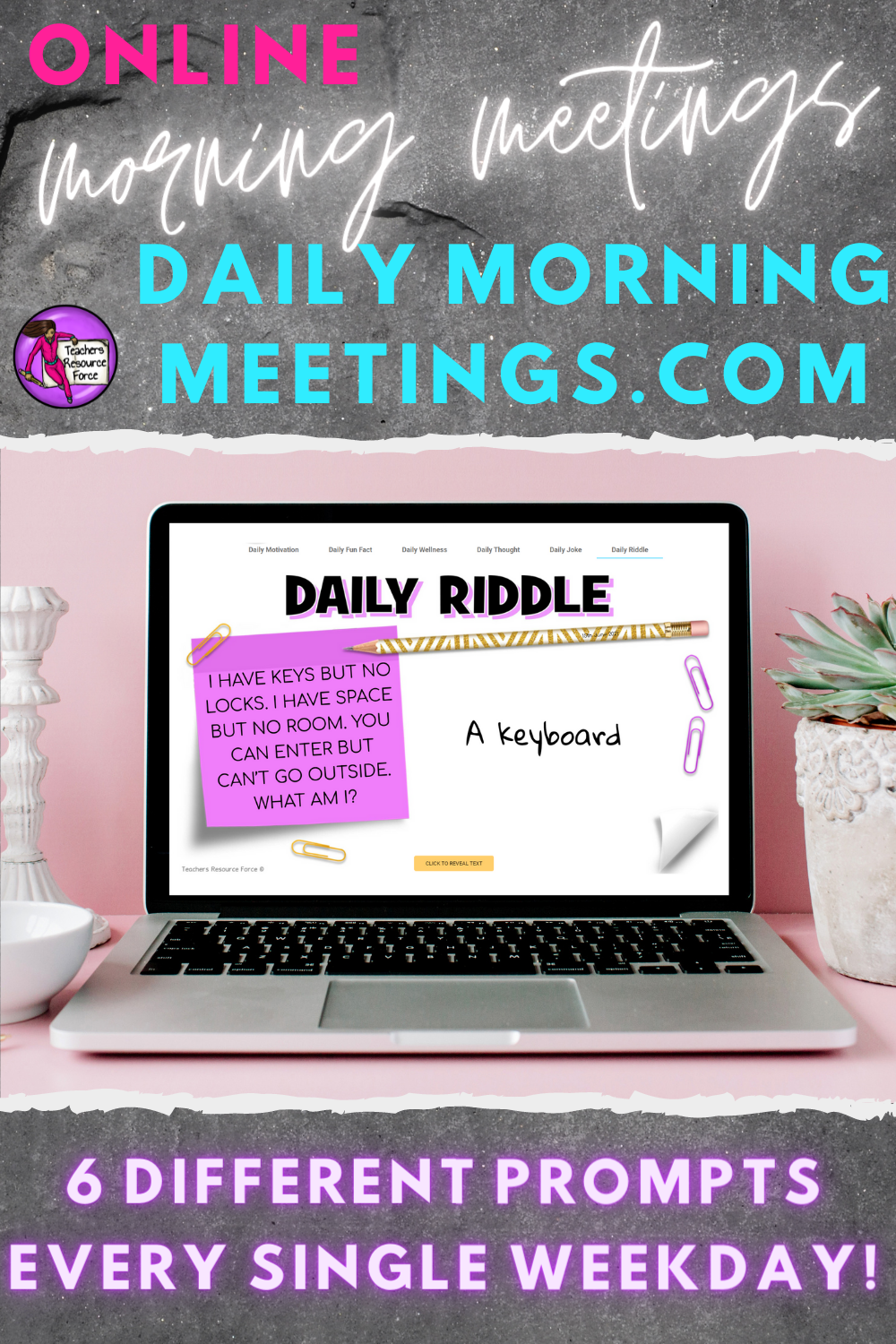

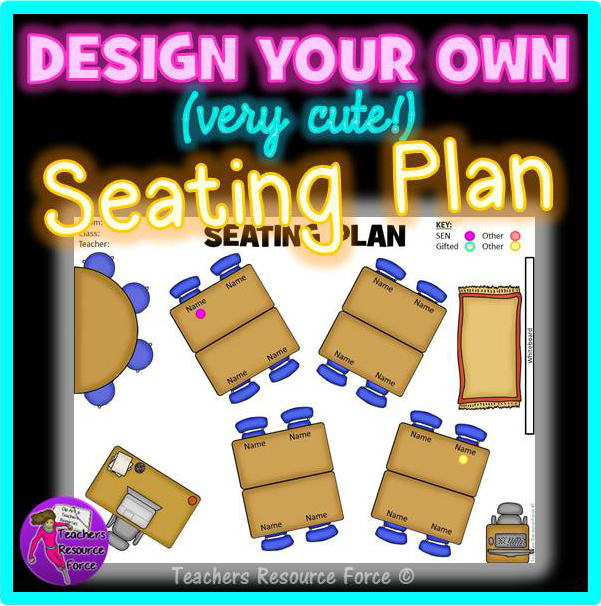

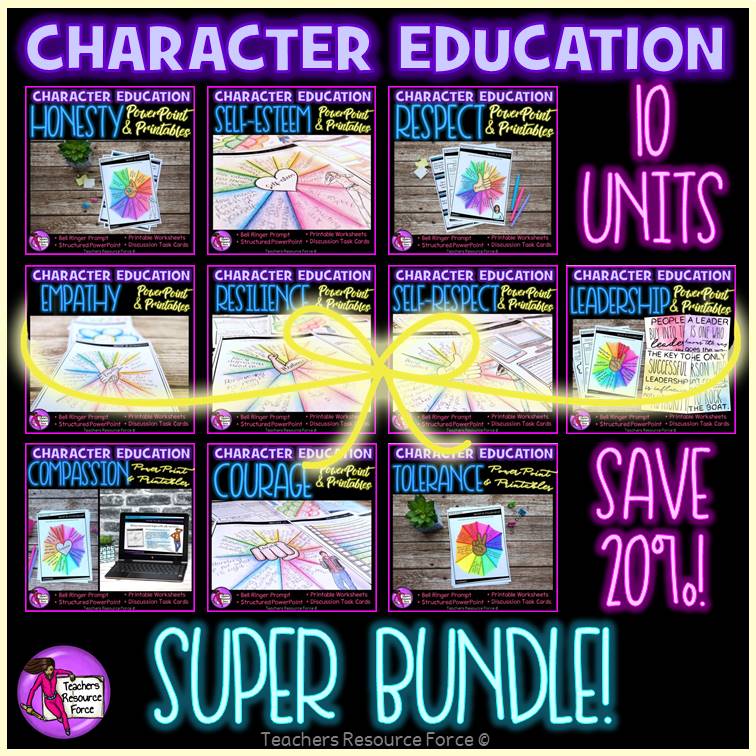

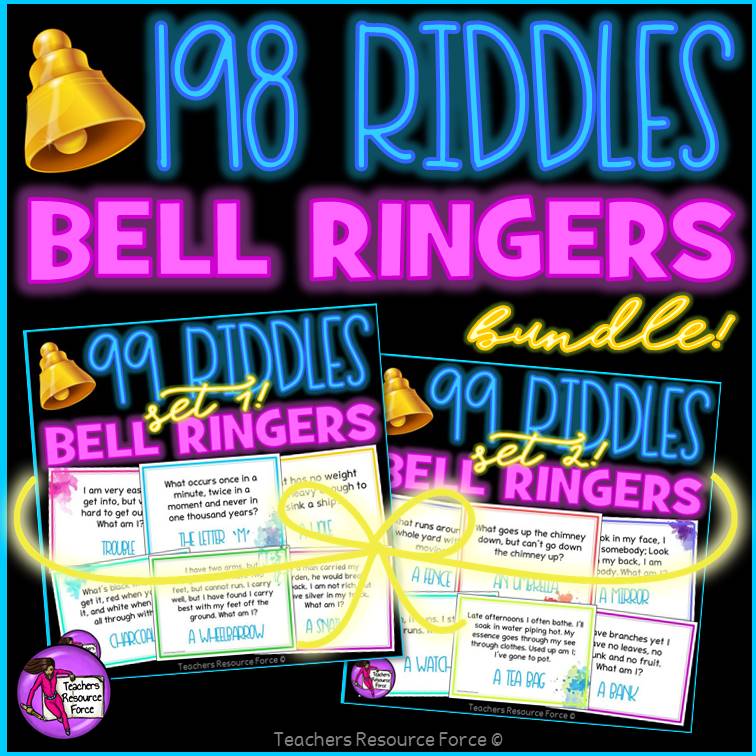









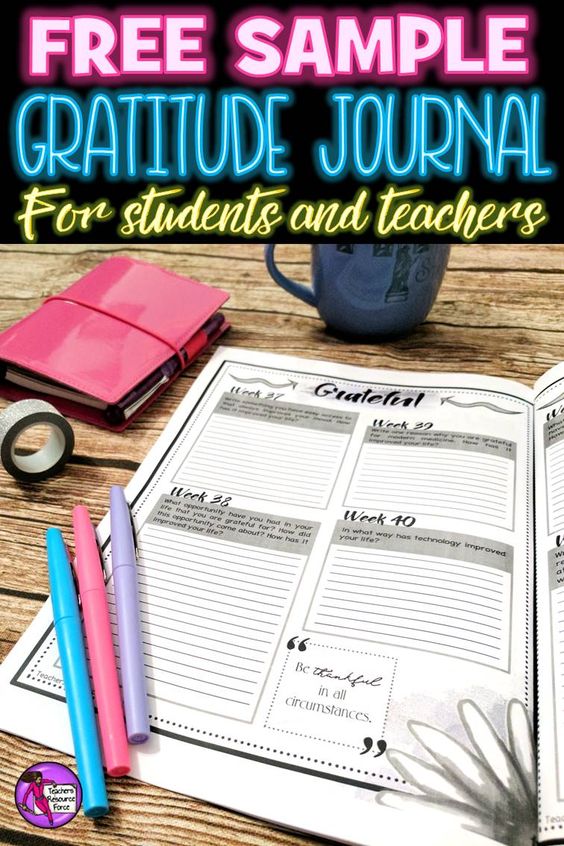






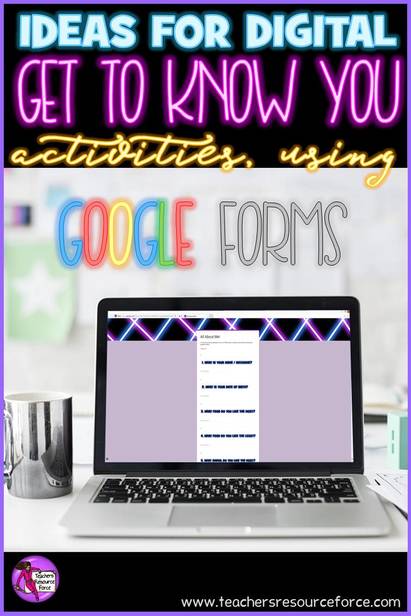
 RSS Feed
RSS Feed



